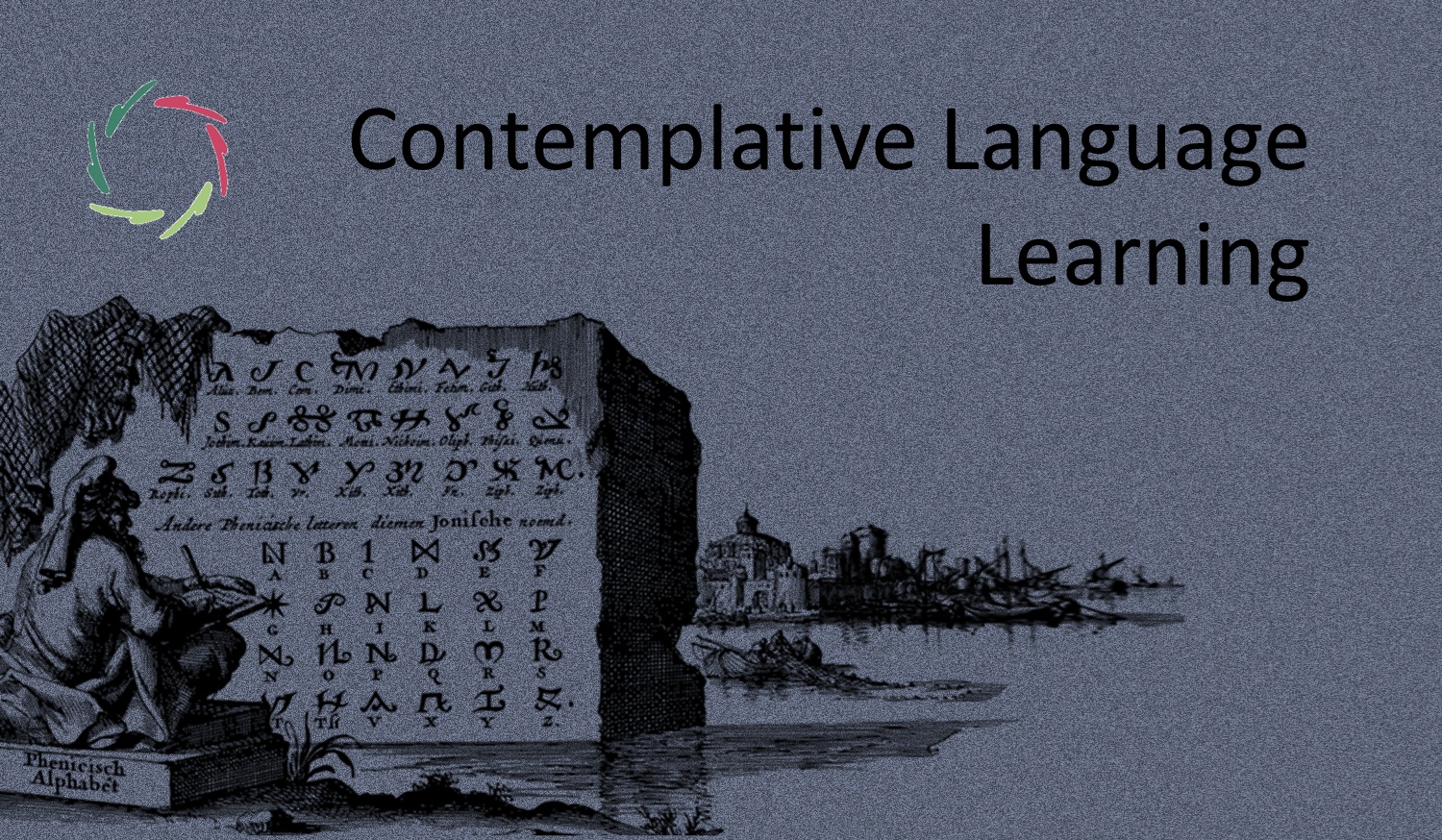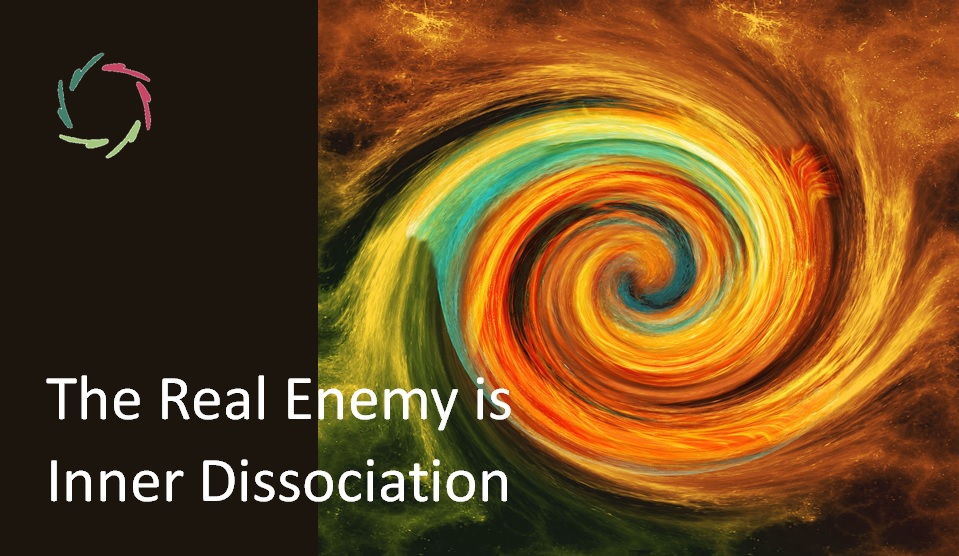Group Thinking

The French term ‘pensée unique’ is frequently used for what is actually ‘pensée de groupe’ (group thinking). This is a human inclination with dire consequences but which can be overcome through proper support and personal effort.
This is related to a quite natural human inclination.
 In many cases, your brain (thus: you) doesn’t readily like ambiguity. See for instance the ‘old lady – young lady’ image: you consciously see either the one or the other. Seeing both at the same time is difficult. It’s interesting to try. Another example from the visual sphere: the ‘Necker cube’. You flip-flop between what is foreground and background.
In many cases, your brain (thus: you) doesn’t readily like ambiguity. See for instance the ‘old lady – young lady’ image: you consciously see either the one or the other. Seeing both at the same time is difficult. It’s interesting to try. Another example from the visual sphere: the ‘Necker cube’. You flip-flop between what is foreground and background.
Why exactly your brain (thus: you) does this?
From the viewpoint of underlying ‘subconceptual’ neuronal patterns, what probably happens is that when patterns are relatively close to each other, each uses self-enhancement of neuronal connections (at synaptic level) while other connections are actively being ‘inhibited’. The general principle is: ‘neurons that fire together, wire together’ (this is: form a pattern, firing together next time). Inhibition serves to make patterns stand out even more clearly. Thus, if one pattern makes it to the top (possibly becoming conscious this way), others effectively lose. So:
The winner takes it all?
Probably. It’s still a hypothesis, though it sounds credible indeed.
So, we humans have this ‘weakness’ – also being a strength, functionally speaking – at least in the visual field. Let’s take a huge leap:
Is the same applicable to, for instance, politics?
I think so.
In case of politics, there may be a huge number of patterns at play. Then again, behind them all and engendering them, there may also lie a select set of patterns, or even one. In any case, the same principle is at least possible at this much broader scale.
Very broad group thinking versus not so very broad.
One sees the latter in identity politics [see: ‘From Identity Politics to Utopia’], the former in a divide between progressives and conservatives. Might this be related to how an individual brain preferably structures its own patterns? Note in this respect a clearly genetic factor in ‘the political brain’. We do not know yet how far this goes or what it exactly leads to.
So, what to do?
If I am right in that ‘group thinking’ is a natural human inclination, then it will not suffice to just try to counter it by showing a certain group (usually the adversarial one) to be ‘guilty by smoking’. Indeed, this accusation itself is a common characteristic of group thinking. More action is needed.
Yet it’s interesting to do the effort because this is very much about the practice of ‘Us versus Them’, leading frequently to a lot of aggression, from verbal to war [see: ‘In-Group Creates Out-Group?’].
Is tolerating ambiguity the answer?
No, well, maybe… According to me, it’s the first part of the answer. Without tolerating ambiguity at the start, one quickly falls into group thinking. While a nice endeavor is to diminish ambiguity, an equally nice one is to let it do its job. Since, as we saw, the brain doesn’t like it, this creates energy (deep motivation). The trick is then to use this energy towards further critical thinking, NOT towards group thinking. The latter is easier but it’s precisely NOT critical.
Research fact: give progressives and conservatives a story with ambiguous evidence for both directions and they will each harden their own standpoint. This is group thinking in action, pseudo-rationalizing away ambiguity.
The real goal is critical thinking.
Group thinking is eventually bad inasmuch as it inhibits critical thinking. To do the latter – in group – one needs at least a good way to dialogue. For some broad ideas about it:
In order to overcome our humanly unfortunate inclination, it’s needed to put much effort in this, as well as in individual, plainly logical thinking*. It’s a pity that both receive so little attention in education of children as well as adults.
According to me, it’s VERY important to do so.
(* Personal note: I did read a book precisely about ‘logical thinking errors’ – some 25 years ago – which I found immensely illuminating… after 20 years of school-education.)


